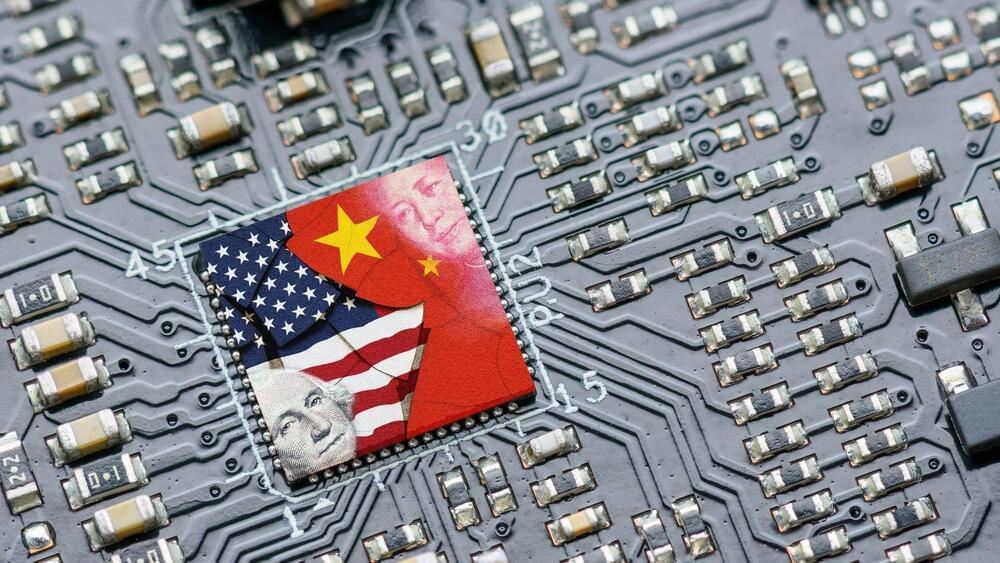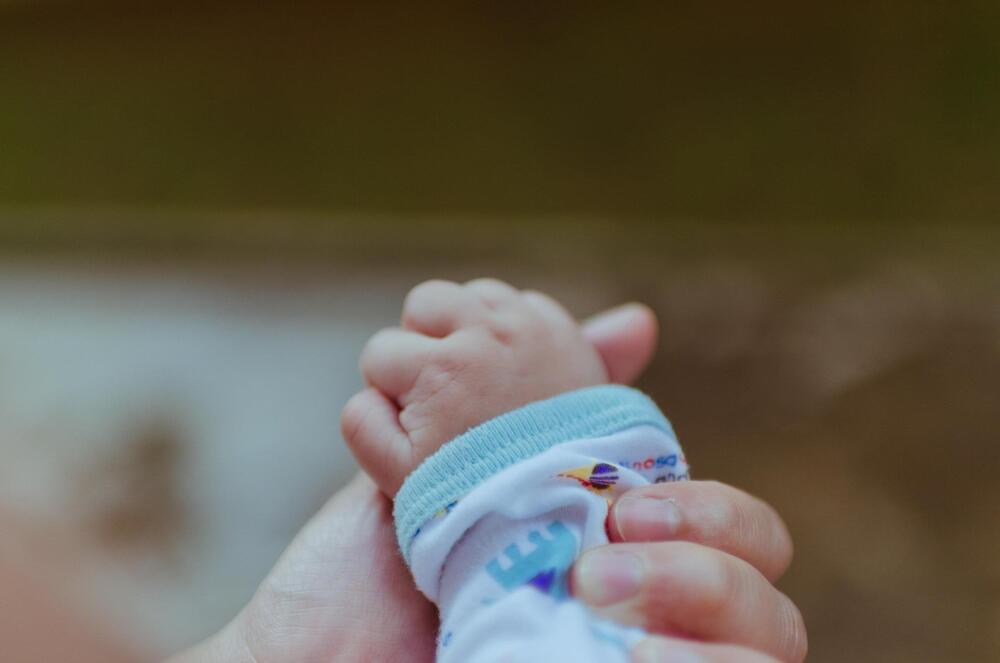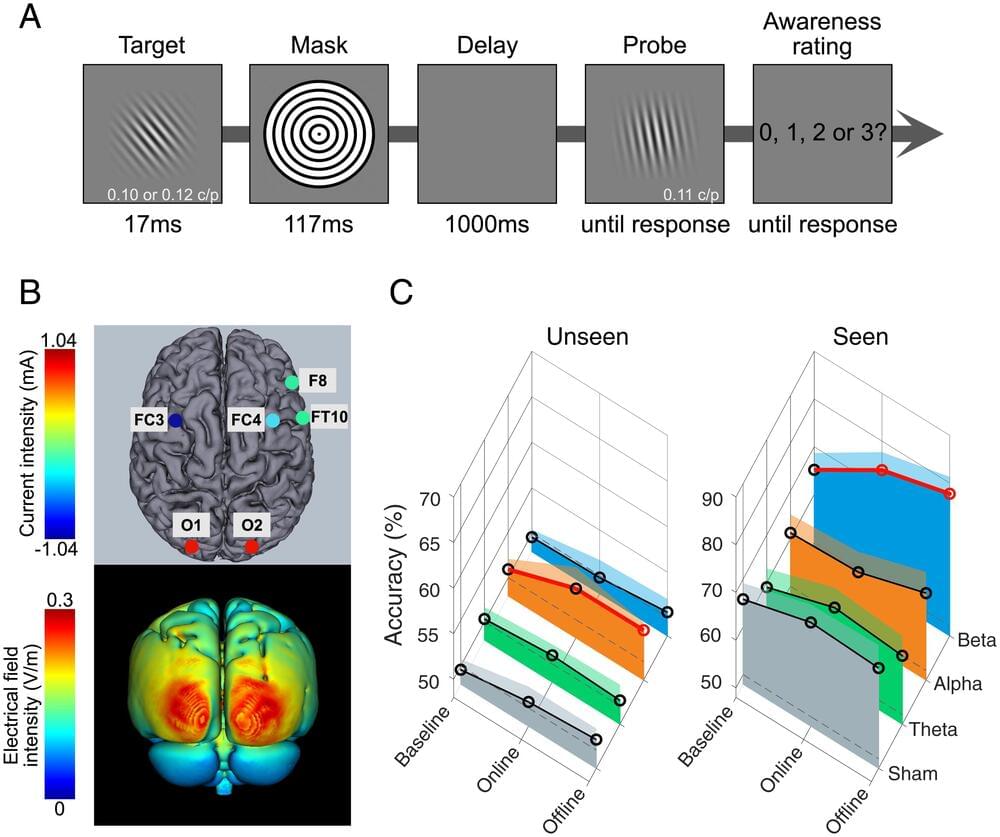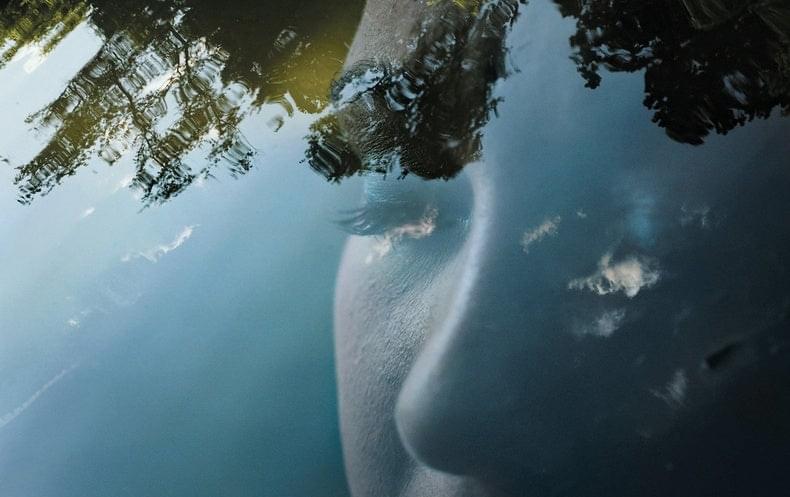Semiconductors are small, ubiquitous, and underappreciated. They are the brains of every modern device.
When Nancy Pelosi traveled to Taiwan in August, it made front-page news around the world and raised the specter of an all-out war between the U.S. and China.
Early in October, the Biden administration made a far more decisive move against China — but it barely made the news in Australia.
Biden decided to unequivocally sever China’s access to high-end computer chips (aka semiconductors).
William_Potter/iStock.
Early in October, the Biden administration made a far more decisive move against China – but it barely made the news in Australia.








